Welcome to Part 1 of Teaching the Alphabet! I receive several emails a week, asking for advice on how to teach letters and/or letter sounds to children from Pre-K through 1st grades.
So, today I’m going to share a few ideas for teaching kids in this age-range. If you have a younger child (toddler age), I share more tips about teaching toddlers the alphabet in this post.
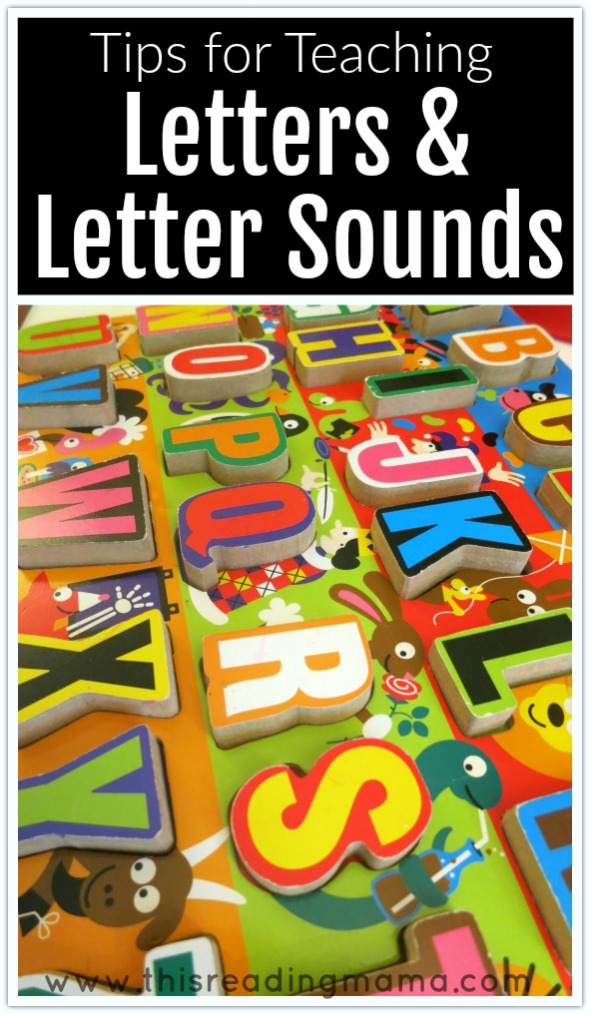
Note that I’m going to explore some hot topics in regards to letters and letter sounds. You may completely agree or disagree with my teaching tips. Ultimately, you have to find what works best for your child and stick with it.
*This post contains affiliate links.
Letters OR Letter Sounds?
So which is it? Should we teach letters or letter sounds? There is a widely-used teaching approach which teaches letter sounds first and letter names next. It is believed that letter sounds are more helpful and useful to pre-readers than letter names and therefore, should be taught first. As you’ve probably guessed from the title of my post, I respectfully disagree. And before I go too much further, please hear me say this: if teaching your child her letter sounds first is working, GO FOR IT!
I believe, after reading the reading research out there (such as Ehri, Invernizzi, Cunningham, Calkins, and McBride-Chang), that BOTH letters and letter sounds are highly useful for teaching kids to read and write.
Just three of many reasons I believe this (I would probably bore you with all my reasons):
1- The majority of letter names give the child a huge clue as to the sound (or one of the sounds) they make. For example, the letter D has the /d/ sound at the beginning and the letter F has the /f/ sound at the end. W, Y, and H are the only three exceptions.
2- Letter names make great labels for letters, as many of the letter sounds are harder to make in isolation. For example, b’s sound in isolation tends to sound more like /buh/, which can make blending it with other letter sounds difficult for beginning readers.
3- Letter sounds are more abstract and aren’t as consistent as letter names. Take for example the A in Target. In my experience, it seems more consistent to say, “Oh, I see the letter A in Target,” than “I see an /a/ (short a sound) in Target…but it doesn’t make the /a/ sound. It makes the /r/ sound.” Huh?
No matter what you believe in regards to letters and letter names, “research has established that children who know the names of letters learn letter-sound associations more readily than those without letter-name knowledge.” (Words their Way for PreK-K, 2014)
Upper or Lower Case Letters?
Again, you’re going to hear me say BOTH! Kids need both upper and lowercase letter instruction. While lower case letters are more common in reading and writing, both are needed. If you’re teaching young children, I suggest starting with uppercase letters. Why?
Two reasons:
1- Uppercase letters are easier to visually distinguish than lowercase letters (take for example- the uppercase B and D versus the lowercase b and d)
2- Uppercase letters are easier for beginning writers (for example, E versus e). Even when instructed with lower case letters, I’ve noticed over and over again that young children naturally prefer uppercase.
But please hear me say that while I may start instruction with uppercase letters when working with young children, I believe it’s important to expose young children to all kinds of letters, even different kinds of fonts. Pointing out and talking about the kinds of letters you find while reading together, also known as print awareness, is a GREAT way to integrate this into what you’re already doing (both for younger and older children).
Letter Confusion
While some may teach letters in alphabetical order, I believe there is a more developmentally appropriate way than starting with a and ending with z. I like to introduce letters and letter sounds in a different order, which can help to minimize confusion.
Visual Similarities
Some letters look very much the same (such as b, d, p, and q or W, V, Y). And kids confuse these often, even older kids. I encourage you to separate these letters and teach them at different times to minimize confusion.
The Point of Articulation
While this may sound fancy, it’s just a way of saying that some letters, while they look very different, have sounds that are produced in the same part of the mouth. Take for example g and k. Both sounds are guttural (produced in the back of the throat). If you say a /g/ sound without using your voice, you get the /k/ sound. Other letter sounds to avoid teaching together are t and d, f and v, or b and p.
Speech Delays
Some kids (I have two of my own) have difficulty with the production of certain letter sounds. These letters may include f, j, l, r, s, v, y, or z. While I am not an expert in this field, I do know that speech delays can delay letter sound learning, spelling, and reading. Two of my favorite resources for helping kids with articulation issues has been Katie of Playing with Words 365 and Reading with TLC’s Lively Letters.
Letter of the Week?
Letter of the Week has gotten a bad rap. I’ve even advocated against it at times. My thoughts are still mixed on the topic. And I’ll share why.
- Letter of the Week can be an effective way to make sure your phonics instruction is meaningful, playful, and systematic. Many kids need systematic phonics instruction, especially kids who are struggling to grasp their letters and sounds, BUT…
- Letter of the Week should not limit your phonics instruction to only that letter, especially as your child develops into the late Preschool and Kindergarten years. If we only focus on one letter a week, it takes 26 weeks to get through them all…much too long of a time for kids to have the ability to take letters and use them for meaningful spelling, reading, and writing. Kids need to have purposeful exposure to letters (all of them) each day. Letters need to be pointed out and used during reading time, when you’re playing with letter blocks, when you’re writing their name on their art. Letters (all letters) are important, not just the letter of the week.
- If you need something systematic in the Pre-K and K years, I propose starting with two to three letters a week. Pick letters that are visually and phonetically different, as we’ve discussed above, like T and F. Sort them by their sounds. Sort toys that begin with those sounds. We can get through the letters at a much faster pace (if the child is ready) if we focus on more than one letter a week.
- Sometimes kids already know a handful of letters and their sounds. If you think this is the case for your child, there’s no need to spend an entire week on letters they already know. To find out what your child knows/doesn’t know, pull out an abc puzzle and assess her, like I show in this post {free printable assessment chart included}. Once you have a grasp on what your child does or does not know, you have a clearer vision on which letters to teach.
Letter Order
In what order should we teach letters? The first place I always start is with the child’s name. A child’s name carries great meaning to them and a sense of identity. After that, I teach letters OUT OF ORDER. The order in which I teach them depends on the age of the child. Most kids can sing the ABC song by the age of 2 or 3. They already know the order. By teaching the letters out of order, you are ensuring that kids know them out of the context of that song. When asking kids, “What’s this letter?”, we want children who do not need to sing the ABC Song to figure it out (I’ve seen lots of kids do this, even in Kindergarten).
With Reading the Alphabet, I decided to pick letters that were visually and phonetically different, but were also easier to write first. I also chose to add vowel instruction in early so that kids could begin to form words with the letters, like you see in Lesson 7 (AT Family). While each week features one letter, you will see that we studied more than that letter every week, sometimes sorting multiple letters and sounds at one time. But, no matter the order you choose, you want to choose letter combinations for teaching that will minimize confusion.
More Resources on Teaching Letters and Their Sounds:
- Words Their Way: Letter and Picture Sorts for Emergent Spellers
- Words Their Way for PreK and K (Johnston, et. al)
- Reading the Alphabet – FREE curriculum (taking it a step deeper after kids know their ABC’s)
- Letter Order Teaching {Living Montessori Now}
- Teaching the Alphabet to Preschoolers {The Measured Mom}
- Letting Go of the Letter of the Week {Pre-K Pages}
- Teaching the Alphabet {PreKinders}
You can find all the post in this 4-part series by clicking here or on the image above.
~Becky
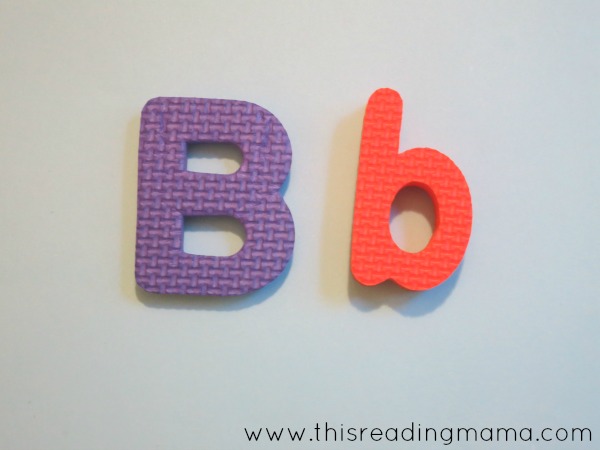
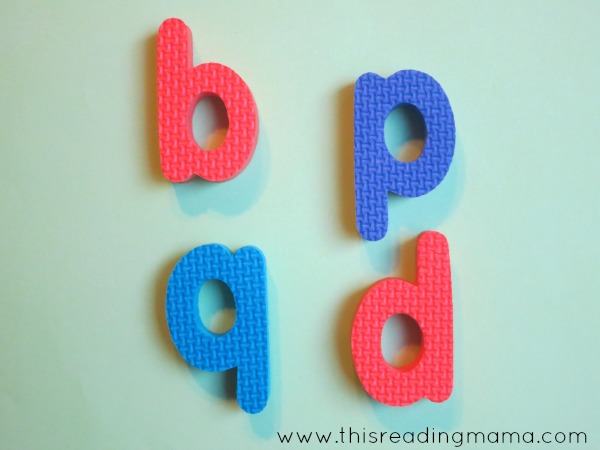
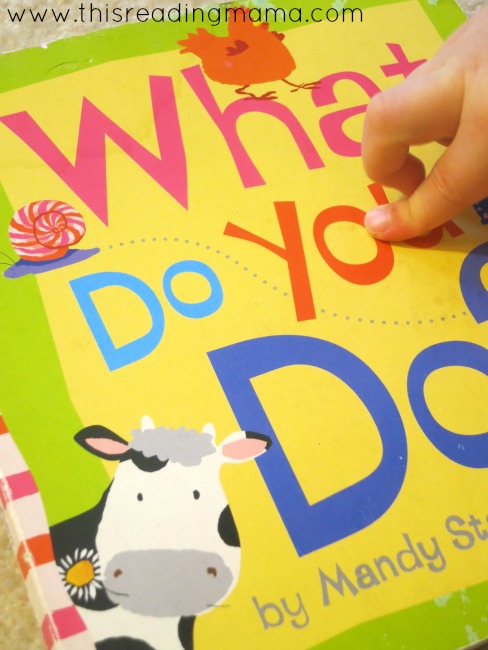
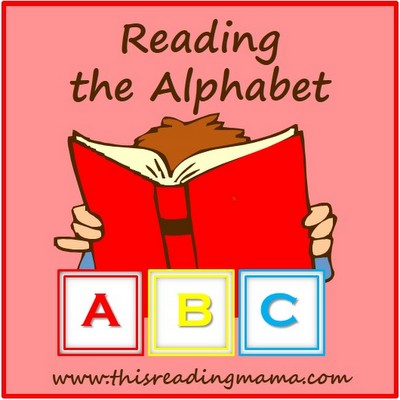
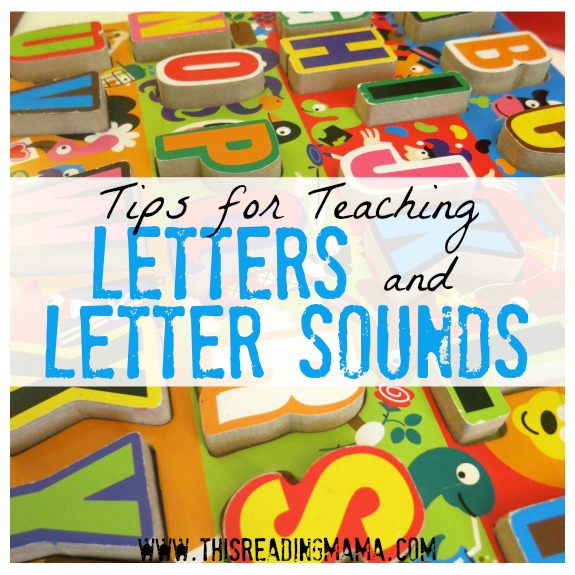
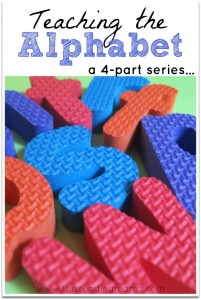
Really, really great post! You’ve laid out so many things so well here. This will be a great post to point people to.
This post came at THE perfect time! You clearly spelled it all out for the reader, thank you!
This is such a wonderful post! You have so much information in here, especially with all the links, that I will need to come back a few times to finish. Thank you for being so thorough!
This has been very helpful. Thank you so much for sharing!
I’m so glad! You’re very welcome.
Thank you! This is such a great post. It is perfect timing for me and so very helpful.
Great advice! I totally agree with your points about letter of the week. I often see so much time wasted on doing letter of the week when a child already knows the letter and we are just doing it so we can do the “cute” activities we had planned to go along with it. Love the idea of starting with the letters in a child’s name and providing lots of opportunities to interact with several letters on a daily/weekly basis. Thanks so much for sharing all of this!
You’re so welcome. Thanks for taking time out of your busy schedule to come over and comment, Jodie. 🙂
Great tips. I pinned your post to my “learning to read” board. Thanks for co hosting After School 🙂
Thanks, Natalie.
Hey! I love your blog! I used a lot of your helpful tips when I was teaching special ed, and now I stay home with my daughter. She just turned 2 and doesn’t know any letters yet (other than to say the first few of her name). Would starting with a Letter of the Week make sense at this point? I don’t feel like I want to rush her into reading, but I would like to expose her to letters and letter sounds and just have fun learning with her. Thoughts?
You could try working on a letter of the week, but do it more informally. Instead of printing off coloring pages, etc. to work on, just focus on a particular letter (like the first letter in her name) and point it out in books, places you go, and/or on her blocks. One thing my 2 year old loves to do is color, so sometimes, I’ll just draw out a bubble letter (inside isn’t filled in) and let her color or stamp the letter. Keep it simple. Keep it playful. Keep it fun. Keep it relevant. I hope that helps!
Thanks, it does help! Today she pointed to a word on my shirt and said, “It’s Audrey!” That reminded of your post about use but confuse. Seems like her name is a great way to start.
YouTube has great letter phonics songs. Phonics II song is great. It gives the letter, an example, and the sound.
Such a helpful post! I am a music teacher, so haven’t been taught when or how to teach letter sounds, and as a mom of a speech-delayed toddler I found this immensely helpful. Thank you!!!
I’m so glad it was helpful for you!
One point to remember when teaching those confusing letters like b, d, p and q to little ones is, that up until now, now matter how you turned it a chair was still a chair. Now, a b becomes a d or a p or a q depending on how you turn it. It is a leap that some brains have a bit of trouble making. I still teach a letter of the week in our prek (public school) but it certainly does not mean that every other letter or sound we see is ignored until the week we study it! We review, instruct and practice letters and sounds all day long!
Yes, yes, yes! I’ve heard the same illustration with a baby doll. No matter how you turn it, it’s a baby doll. Not so with letters. Love your letter of the week approach, too!
Just one little point of clarification from an SLP — /k/ /g/ and /ng/ are not “gutteral” sounds produced in the back of the throat, but “velar” sounds produced by articulation of the tongue against the velum, or hard palate. The only gutteral sound in English is /h/.
I’m definitely not a SLP. I was going off my knowledge from learning the International Phonetic Alphabet and my training with Words Their Way back in college. Thank you for the clarification. 🙂
Thank you!! Exactly what i was looking for!
You’re welcome! 🙂
Thank you so much for this post. I agree with much of what you are saying and I needed a confirmation of what to start with as I enter into a kindergarten classroom as a teacher. I feel students need the well rounded approach, learning letters and sounds. I hope to help them begin to inquire into sounds as they learn and become more interested in sounds on their own.
Agreed. 🙂
Thank-you for the fantastic work sheets! I’m teaching a friend English as her second language and grew up with alphabet sound sheets like these. Your website is the only place I could find them again!!
I’m so glad you’re able to use them! 🙂
I like your posts very much! I`ve found a lot of helpful tips:) When I taught my eldest son to ABC I used alphabet sound sheets like these. But when my youngest grew up to the same age I found that it became harder to attract his attention to the learning process. New generation consumes information in different way and they require special educational games and apps. I believe that children are not usually all that into toddler apps. Because of the primitive design and low quality, kids often prefer time wasters like Angry Birds. But I`ve found a way out. My youngest is fond of Zebrainy ABC Wonderlands zebrainy.com. He explores letters effortlessly in the pleasant atmosphere of a fairy story:) What do you think of this modern approach?
Oh, I think it looks great! We use education apps and websites to learn as well. I’m a big fan of using technology. Plus all kids are different, so what works for some, doesn’t always work for all. 🙂 Glad you found something that works for your son.
i signed up a few months back now. Its fantastic, I remember seeing a game where you use bottle tops and glue the letters onto them. I cant find them on site anywhere. Could you please direct me to where on your site I may have seen them.
I have bottle cap spelling mats here on the blog, but I just wrote letters with permanent marker on top of the caps. Here’s what I have:
https://thisreadingmama.com/cvce-bottle-cap-spelling/
https://thisreadingmama.com/vowel-team-bottle-cap-spelling-mats/
https://thisreadingmama.com/caterpillar-sight-words/